Home>Technology>Security & Surveillance>How To Open Door With Child Lock And Broken Handle
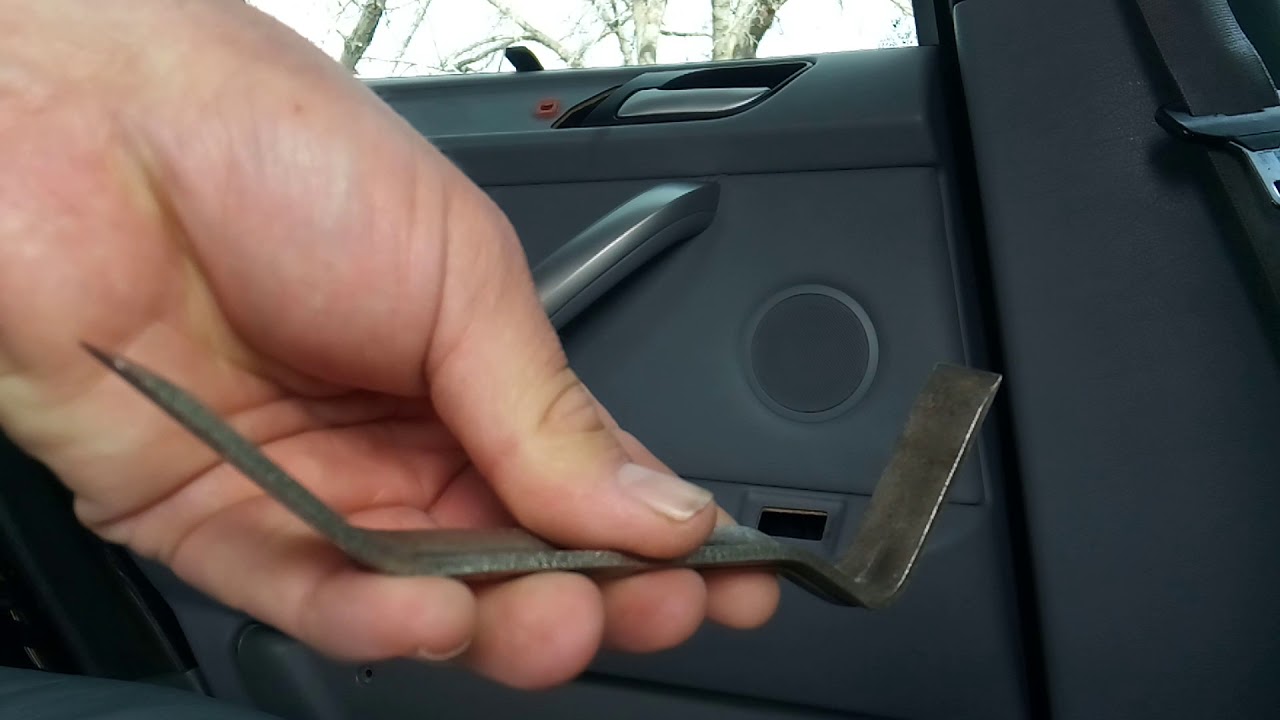

Security & Surveillance
How To Open Door With Child Lock And Broken Handle
Modified: January 6, 2024
Learn how to open a door with a child lock and broken handle for enhanced security and surveillance. Get expert tips and tricks for handling this common issue.
(Many of the links in this article redirect to a specific reviewed product. Your purchase of these products through affiliate links helps to generate commission for Storables.com, at no extra cost. Learn more)
Introduction
Imagine this scenario: you're in a rush to leave the house, juggling your belongings and trying to corral the kids into the car. As you reach for the door handle, you realize that the child lock is engaged, and to make matters worse, the handle is broken. Frustration sets in as you contemplate the predicament. How can you open the door with a child lock and a broken handle?
In this guide, we will delve into the intricacies of dealing with a child lock and a broken handle on a door. We'll explore the underlying mechanisms of child locks and the potential issues that can arise with a broken handle. Moreover, we'll equip you with practical steps and alternative methods to overcome this challenging situation. Whether you're a parent facing this issue for the first time or someone seeking a solution for a friend in need, this comprehensive guide will empower you with the knowledge and skills to navigate through this inconvenience.
Join us as we embark on a journey to demystify the complexities of child locks and broken handles, and learn how to open a door using alternative techniques. By the end of this guide, you'll not only have a deeper understanding of these mechanisms but also gain the confidence to tackle such dilemmas with ease. Let's dive in and unravel the secrets of opening a door with a child lock and a broken handle.
Key Takeaways:
- When dealing with a child lock and a broken handle on a door, assess the situation, use alternative methods to open the door, and fix the broken handle to overcome the challenge effectively.
- Having the right tools, understanding the mechanisms, and being resourceful are essential in opening a door with a child lock and a broken handle. It’s a problem-solving adventure!
Read more: How To Open A Door With Child Lock
Understanding the Child Lock and Broken Handle
Before delving into the practical steps of opening a door with a child lock and a broken handle, it's crucial to understand the functionality of these components. The child lock, a safety feature integrated into most vehicles and household doors, is designed to prevent children from opening the door from the inside, thereby enhancing their safety. It is typically located on the edge of the door and can be engaged or disengaged using a switch or lever.
On the other hand, the door handle serves as the primary means of entry and exit. When the handle is broken, it can impede the normal operation of the door, posing a significant challenge for individuals attempting to open it. The broken handle may result from various factors, such as wear and tear, physical damage, or malfunctioning internal components.
When these two issues converge, the task of opening the door becomes notably more complex. The child lock restricts the door from being opened from the inside, while the broken handle impedes the door from being opened from the outside. This creates a challenging scenario that demands innovative solutions and resourcefulness.
By gaining insight into the workings of the child lock and the implications of a broken handle, you'll be better equipped to address the situation effectively. With this foundational knowledge in place, we can now explore the tools and techniques needed to navigate through this predicament and regain access to the locked door.
Tools Needed
When faced with the task of opening a door with a child lock and a broken handle, having the right tools at your disposal is essential. While some methods may not require specialized equipment, others may benefit from the use of specific tools to facilitate the process. Here are the essential tools that may come in handy when addressing this challenging situation:
- Screwdriver: A versatile tool that can aid in removing screws and accessing internal components of the door handle.
- Pliers: Useful for gripping and manipulating components within the door mechanism, particularly when dealing with a broken handle.
- Wire or Slim Object: Can be utilized to bypass the child lock mechanism from the outside, enabling the door to be opened.
- Replacement Handle (Optional): If the handle is irreparably damaged, having a replacement handle on hand can expedite the repair process.
- Lubricant: In cases where the handle is stuck due to internal friction or rust, a lubricant can aid in loosening the components for easier manipulation.
These tools form the foundation for addressing the challenge of opening a door with a child lock and a broken handle. With these resources at your disposal, you'll be better prepared to navigate through the subsequent steps and employ the necessary techniques to overcome this predicament.
Step 1: Assessing the Situation
Before embarking on the process of opening a door with a child lock and a broken handle, it is essential to assess the situation thoroughly. By carefully evaluating the condition of the door and its components, you can gain valuable insights that will inform your approach to resolving the issue. Here are the key aspects to consider when assessing the situation:
- Child Lock Status: Determine whether the child lock is engaged or disengaged. This can typically be identified by the position of the switch or lever on the door.
- Handle Condition: Assess the extent of the handle's damage. Is it partially functional, completely detached, or exhibiting signs of internal malfunction?
- Door Alignment: Check if the door is properly aligned within the frame. Misalignment can exacerbate the difficulty of opening the door, especially when dealing with a broken handle.
- Obstruction: Look for any obstructions or foreign objects that may be impeding the movement of the door handle or latch mechanism.
- Internal Mechanism: If possible, gain access to the internal components of the door handle to identify any visible issues, such as broken linkages or misaligned parts.
By meticulously evaluating these factors, you can form a comprehensive understanding of the challenges at hand and devise a strategic plan to address them effectively. This initial assessment sets the stage for the subsequent steps, enabling you to approach the situation with clarity and purpose.
Once you have thoroughly assessed the condition of the door and its components, you can proceed to the next step, where we will explore alternative methods to open the door in the absence of a fully functional handle.
If the door has a child lock and a broken handle, try using a pair of pliers to grip and turn the remaining part of the handle to open the door. If that doesn’t work, consider seeking professional help to fix the handle.
Step 2: Using Alternative Methods to Open the Door
When faced with the challenge of opening a door with a child lock and a broken handle, employing alternative methods becomes imperative. These creative approaches can circumvent the limitations posed by the child lock and the broken handle, allowing you to regain access to the locked space. Here are several techniques that can be utilized to open the door using alternative methods:
- Bypassing the Child Lock: If the child lock is engaged and preventing the door from being opened from the inside, you can use a slim object, such as a wire or a slim jim tool, to manipulate the lock mechanism from the outside. Carefully insert the tool between the door frame and the weather stripping to reach the lock mechanism and disengage it, thereby allowing the door to be opened from the outside.
- Utilizing the Trunk Release: In the case of a vehicle with a child lock engaged and a broken exterior handle, accessing the trunk of the vehicle may provide an alternative entry point. Many vehicles are equipped with a trunk release lever located inside the trunk itself. By gaining access to the trunk through alternative means, such as a key fob or a rear seat release, you can enter the vehicle and deactivate the child lock from the inside.
- Removing the Interior Panel: If the door handle is malfunctioning due to internal issues, removing the interior panel of the door can grant access to the latch and locking mechanisms. This allows for manual manipulation of the components to open the door from the inside, bypassing the broken handle.
- Seeking Professional Assistance: In situations where the methods mentioned above are not feasible or the complexity of the issue exceeds your comfort level, seeking the expertise of a professional locksmith or automotive technician may be the most prudent course of action.
By exploring these alternative methods, you can adapt to the unique challenges posed by a child lock and a broken handle, ultimately regaining access to the locked space. These resourceful techniques empower you to overcome the limitations imposed by the malfunctioning components and navigate through this predicament with ingenuity and determination.
With the door successfully opened using alternative methods, the next step involves addressing the issue of the broken handle and restoring the door to full functionality. We will delve into this process in the subsequent step, offering insights into repairing or replacing the broken handle to ensure long-term usability.
Read more: How To Open A Broken Door Lock
Step 3: Fixing the Broken Handle
After successfully opening the door using alternative methods to bypass the child lock and address the immediate challenge, the next crucial step involves fixing the broken handle. Restoring the functionality of the handle is essential for ensuring seamless access and usability of the door. Depending on the extent of the damage, there are several approaches to consider when repairing or replacing the broken handle:
- Assessing the Damage: Examine the broken handle to determine the nature and extent of the damage. Identify any visible fractures, missing components, or signs of internal malfunction that may have contributed to the handle’s impairment.
- Repairing the Handle: If the damage is minor and limited to specific components, consider repairing the handle by replacing the damaged parts or addressing any underlying issues. This may involve reattaching loose components, replacing broken levers, or repairing internal linkages.
- Replacing the Handle: In cases where the handle is irreparably damaged or exhibits extensive wear, opting for a replacement handle may be the most viable solution. Ensure that the replacement handle is compatible with the door’s make and model, and follow the manufacturer’s guidelines for installation.
- Lubrication and Maintenance: Regardless of whether the handle is repaired or replaced, applying lubricant to the internal components can enhance the smooth operation of the handle and prevent future issues related to friction or rust.
- Professional Assistance: If you encounter challenges during the repair or replacement process, or if the damage is complex and requires specialized expertise, seeking the assistance of a professional locksmith or door repair technician is advisable.
By addressing the issue of the broken handle and restoring its functionality, you can ensure that the door remains fully operational and secure. This proactive approach not only resolves the immediate concern but also contributes to the long-term usability and reliability of the door’s mechanisms.
With the broken handle effectively repaired or replaced, the door is restored to its optimal condition, ready to serve its intended purpose with efficiency and reliability. This marks the successful culmination of the process, empowering you to overcome the challenges posed by a child lock and a broken handle with confidence and resourcefulness.
Conclusion
As we conclude our journey through the intricacies of opening a door with a child lock and a broken handle, it’s evident that this predicament demands a blend of ingenuity, resourcefulness, and practical know-how. By gaining a deeper understanding of the child lock’s functionality and the implications of a broken handle, you have equipped yourself with the knowledge to navigate through this challenging scenario with confidence and determination.
Throughout this guide, we’ve explored the essential tools needed to address the issue, the significance of assessing the situation comprehensively, and the utilization of alternative methods to open the door in the absence of a fully functional handle. Additionally, we’ve delved into the pivotal step of fixing the broken handle, emphasizing the importance of restoring the door to its optimal condition for long-term usability.
By embracing these insights and techniques, you have not only overcome the immediate challenges presented by a child lock and a broken handle but also cultivated a proactive approach to addressing similar dilemmas in the future. The resourcefulness and adaptability demonstrated in navigating through this predicament serve as a testament to your ability to confront and conquer unexpected obstacles.
As you reflect on this experience, remember that challenges often provide opportunities for growth and learning. Whether it’s mastering the intricacies of door mechanisms or honing your problem-solving skills, each encounter with adversity contributes to your resilience and capability to overcome future hurdles.
Armed with the knowledge and skills acquired from this guide, you are well-prepared to face similar situations with confidence and adeptness. As you navigate through life’s twists and turns, may the lessons learned from this endeavor serve as a reminder of your capacity to triumph over challenges, one door at a time.
Frequently Asked Questions about How To Open Door With Child Lock And Broken Handle
Was this page helpful?
At Storables.com, we guarantee accurate and reliable information. Our content, validated by Expert Board Contributors, is crafted following stringent Editorial Policies. We're committed to providing you with well-researched, expert-backed insights for all your informational needs.
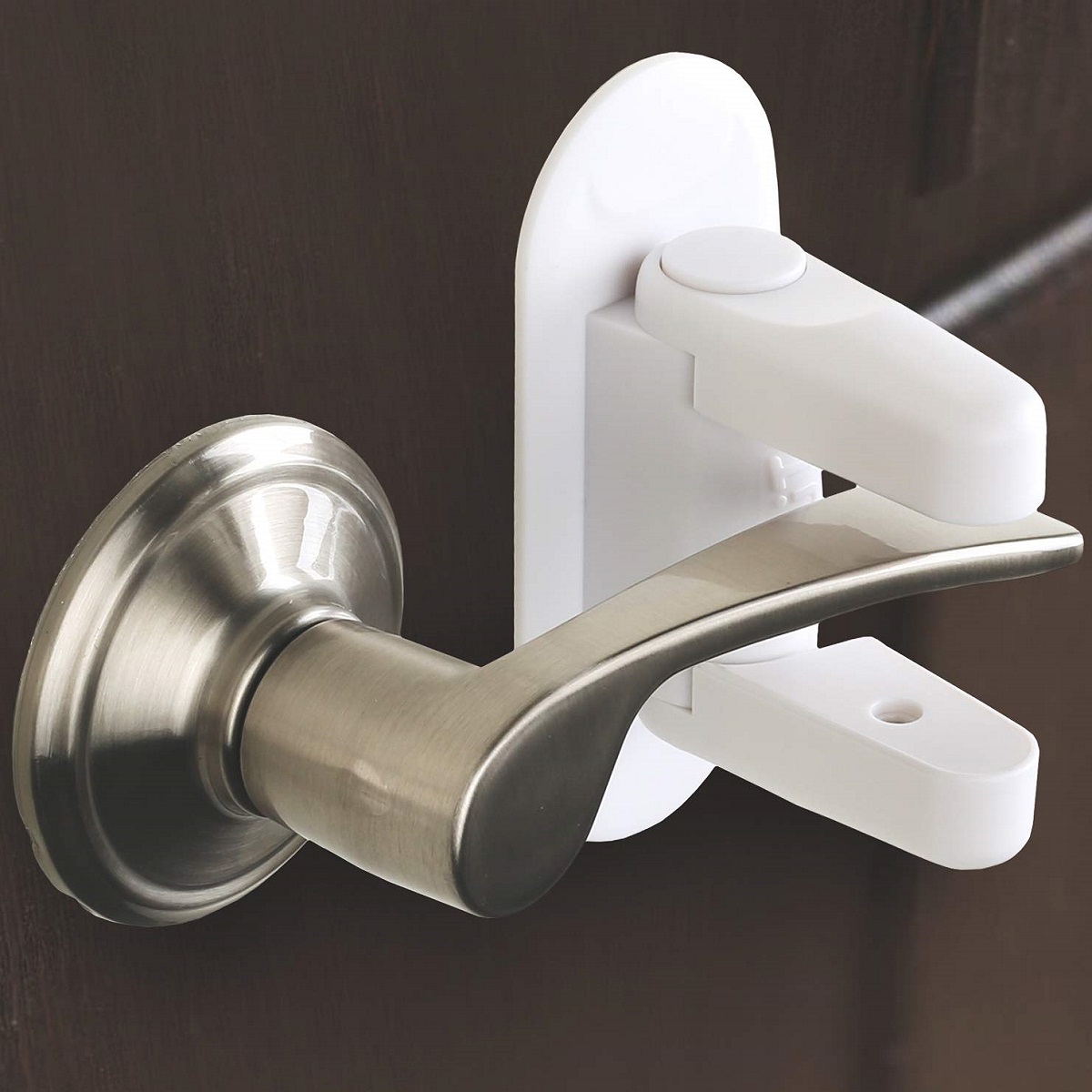
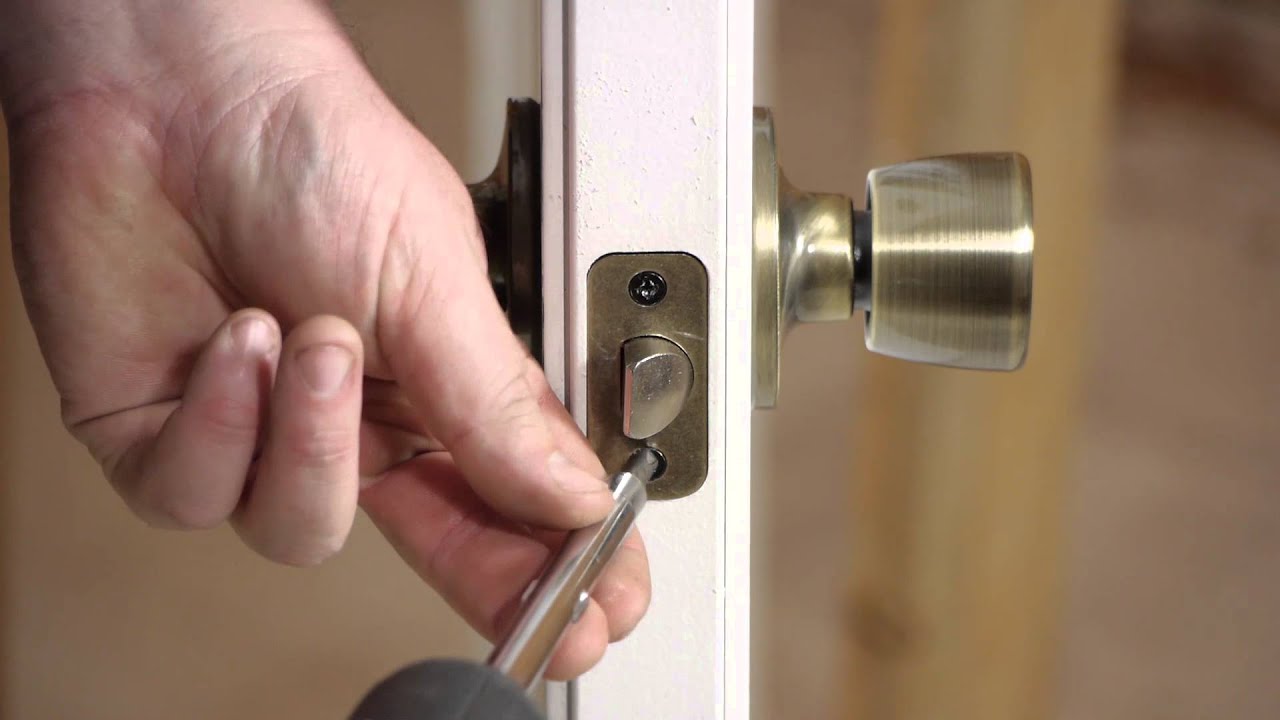
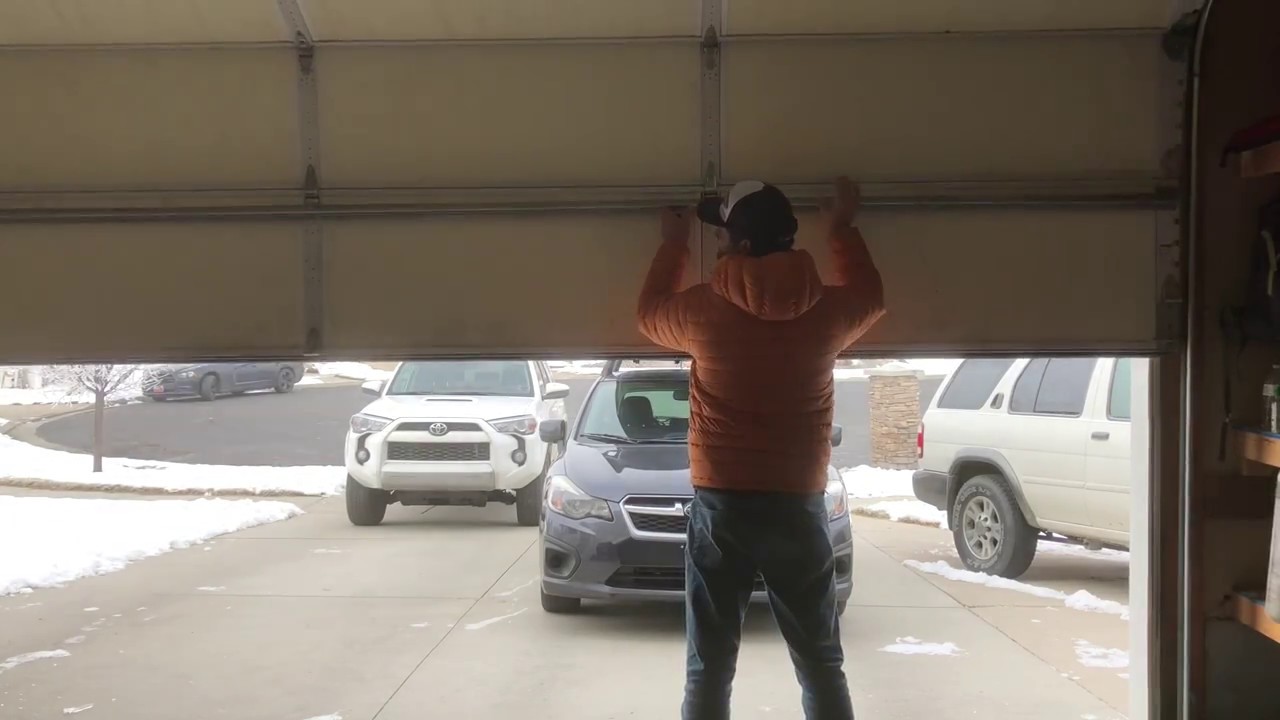
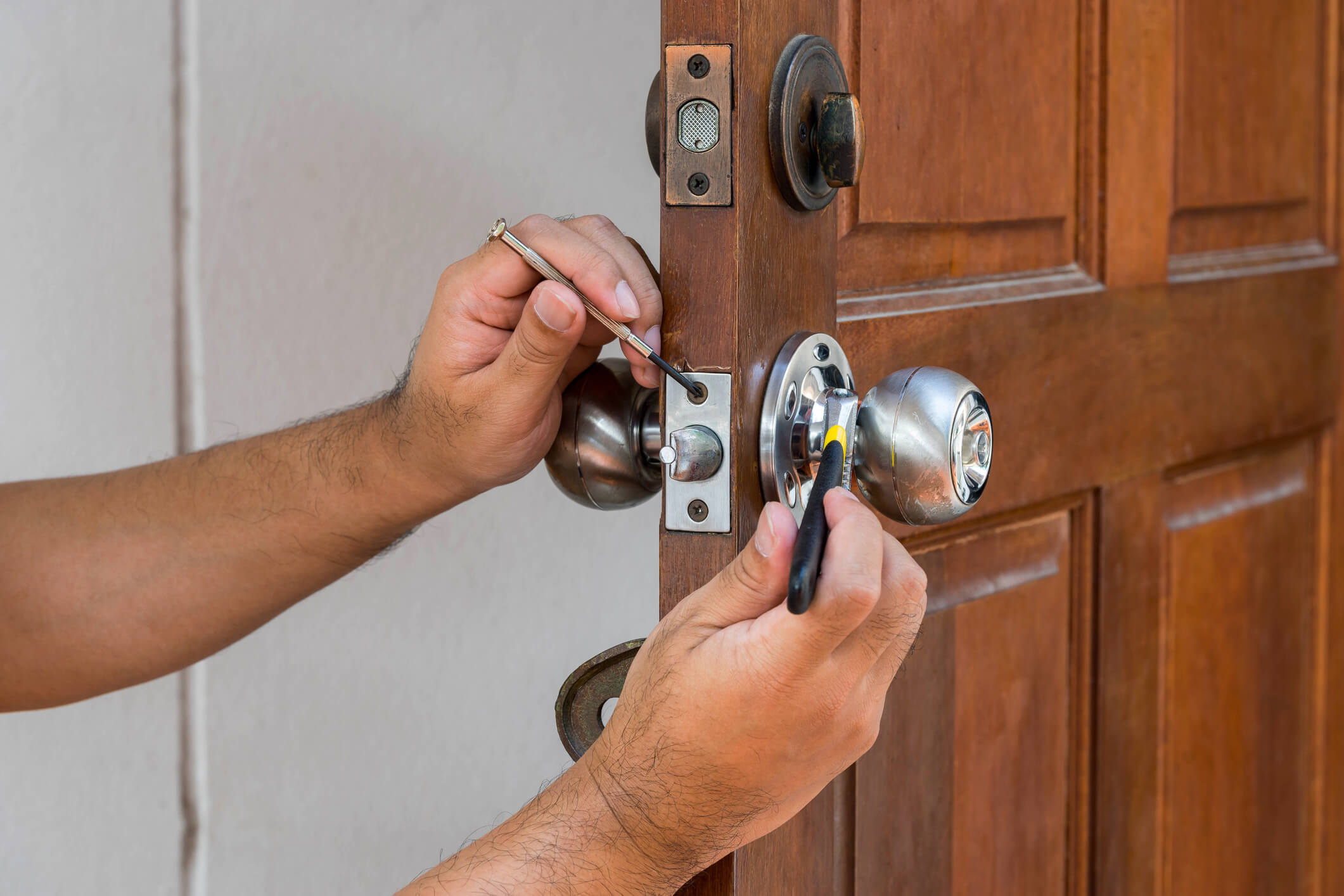
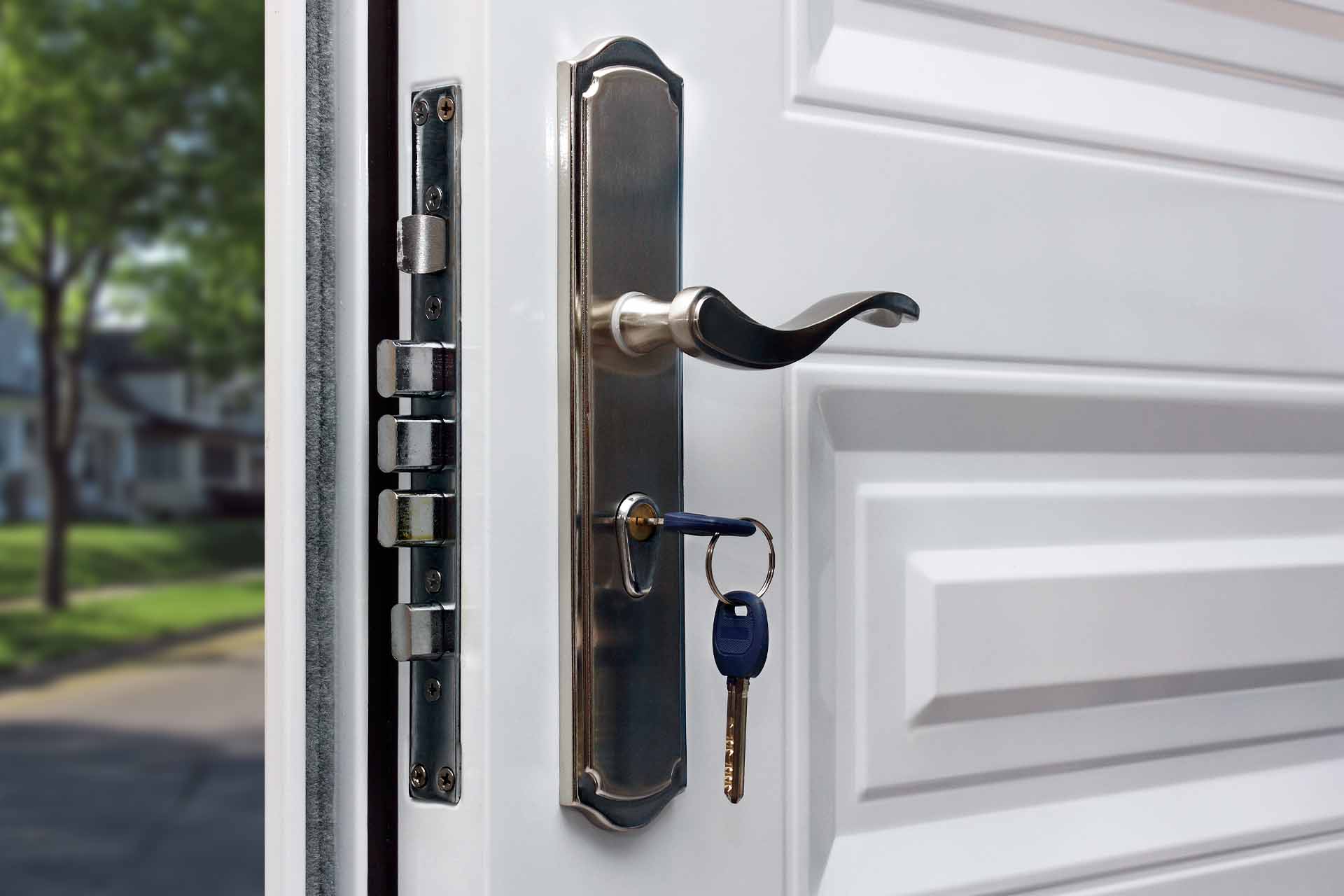
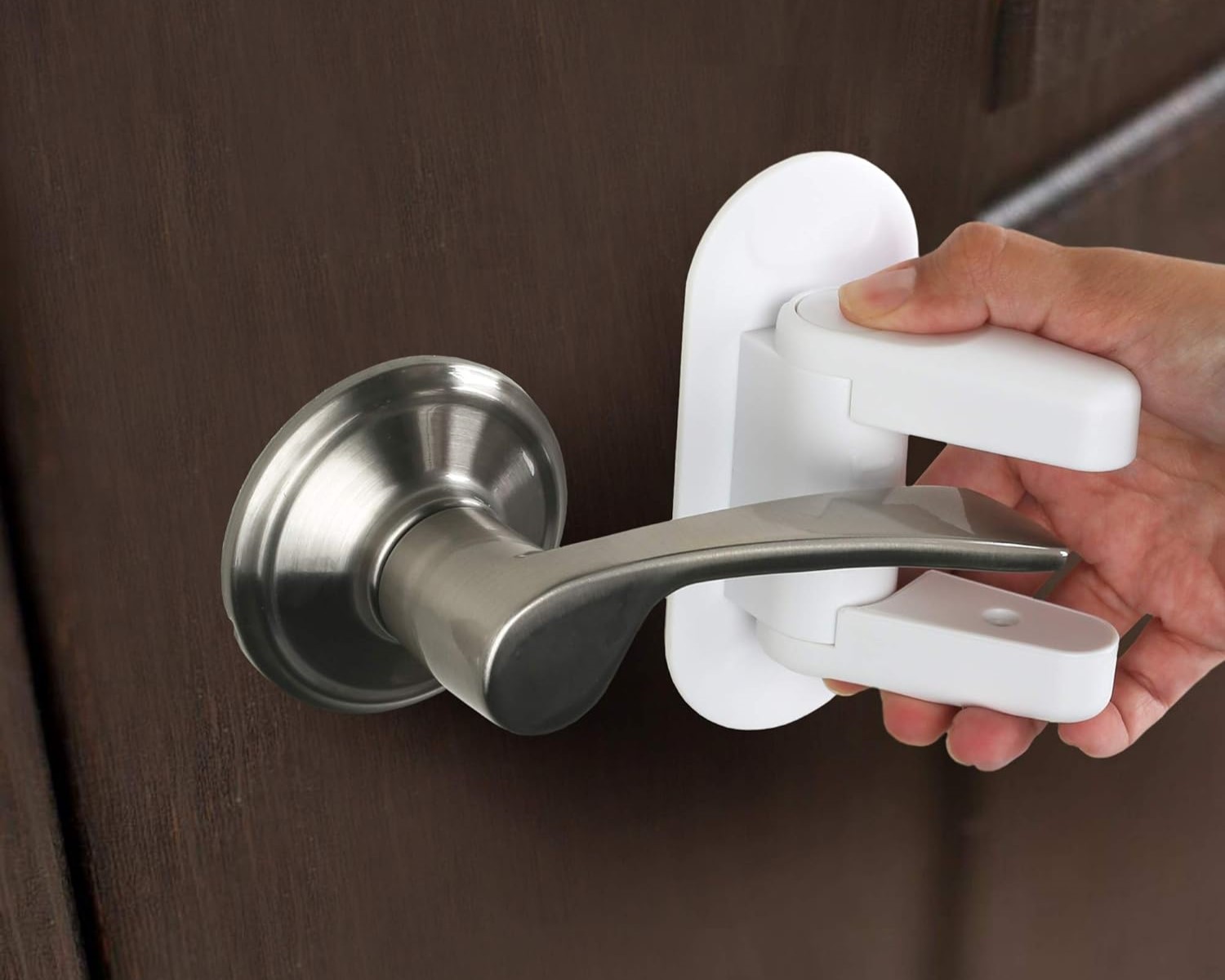
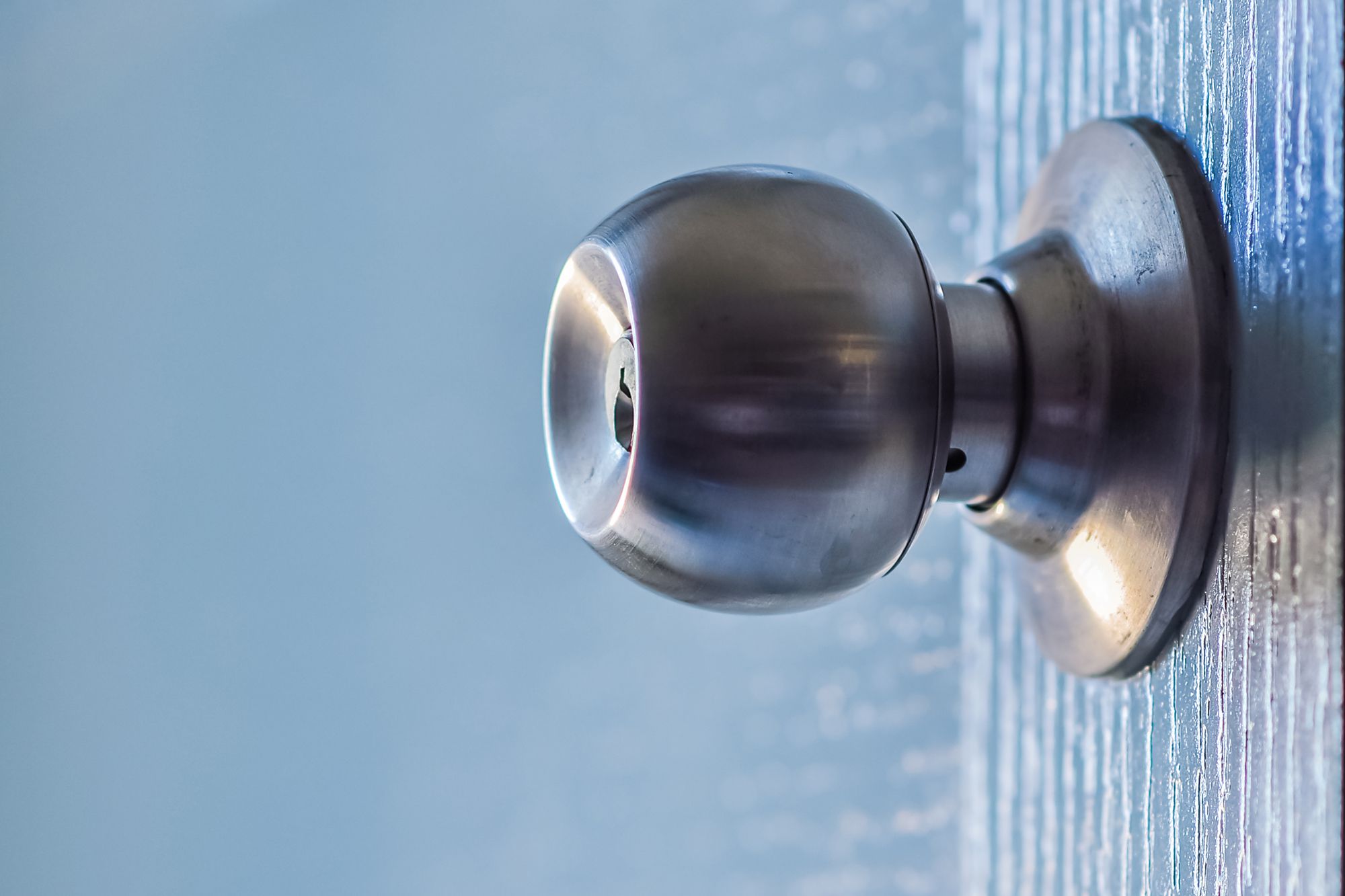
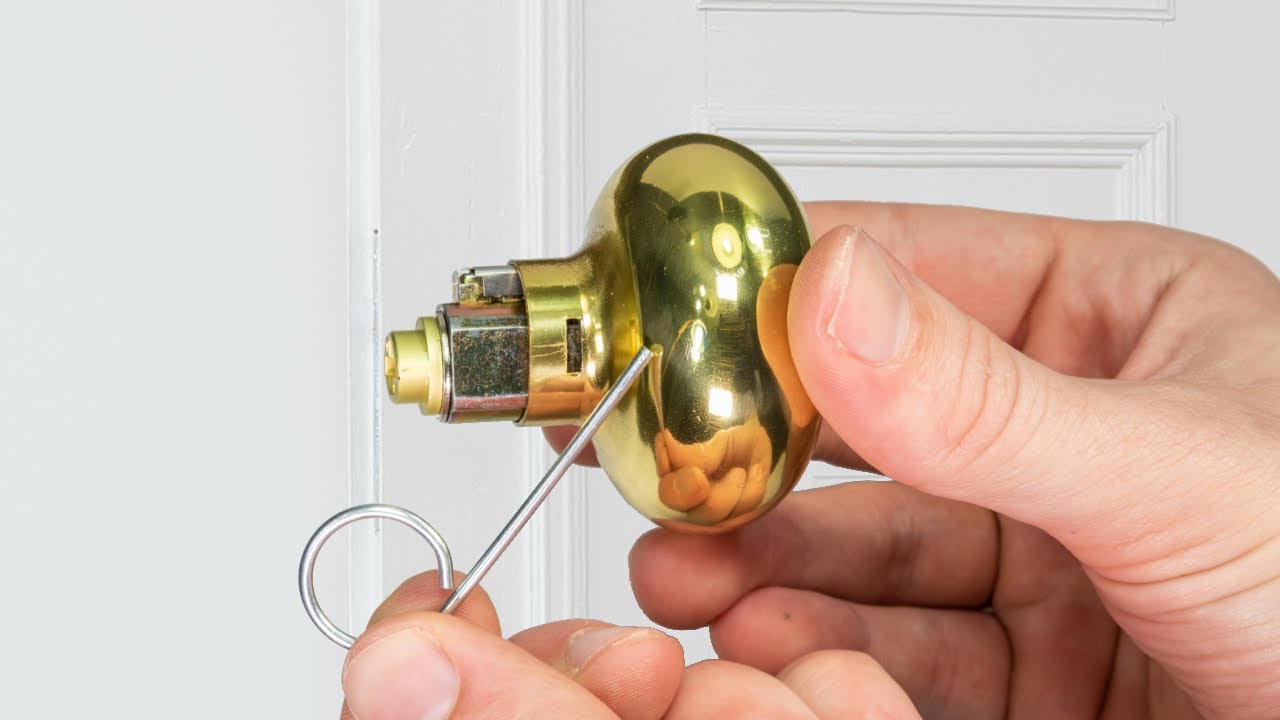
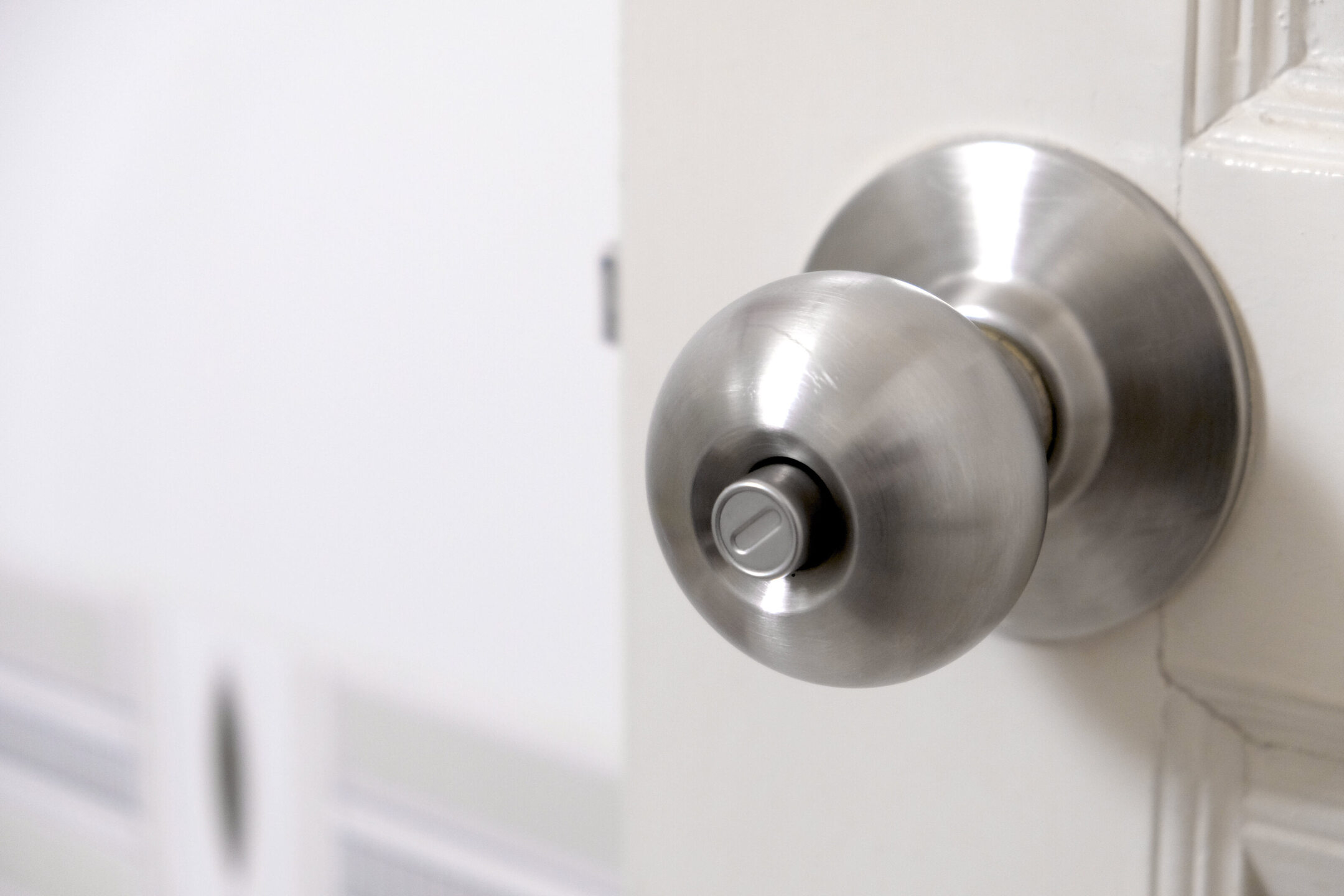
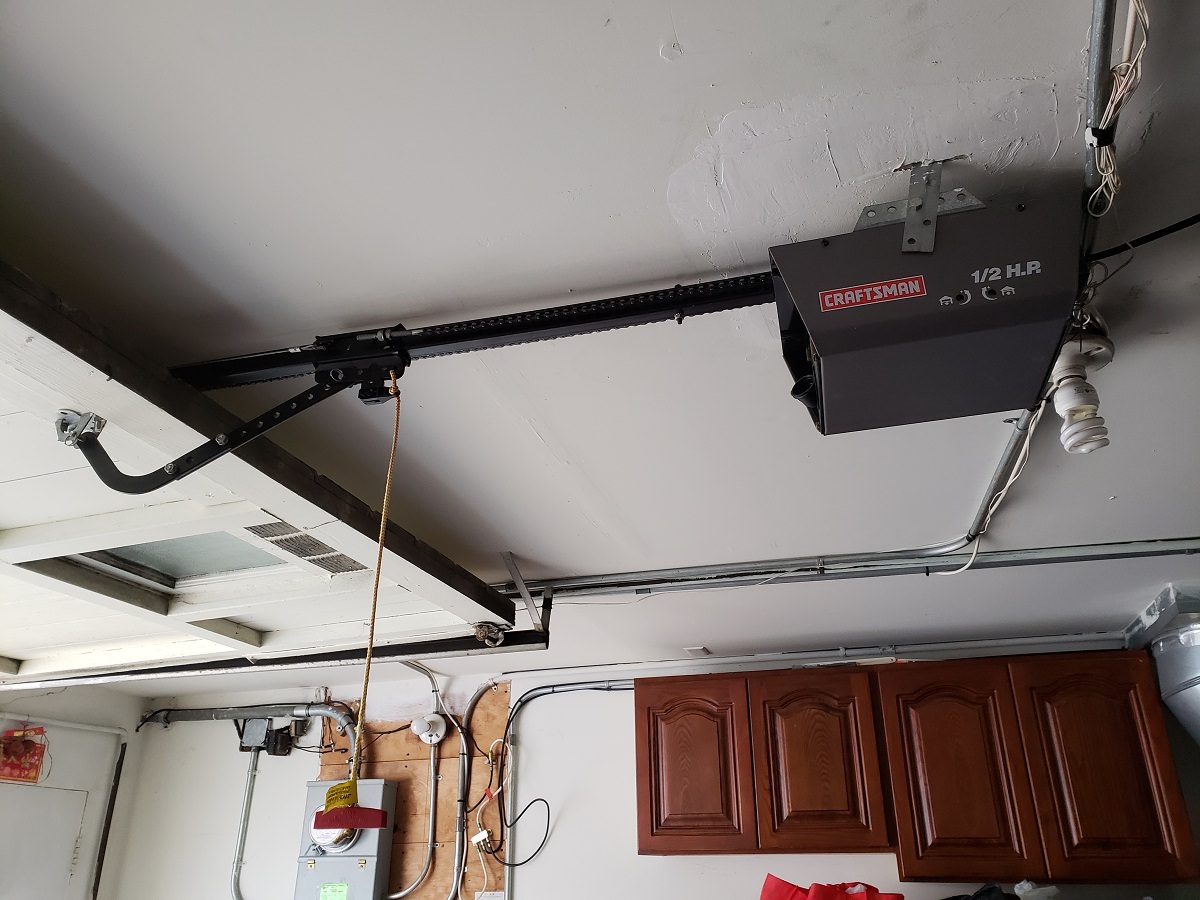
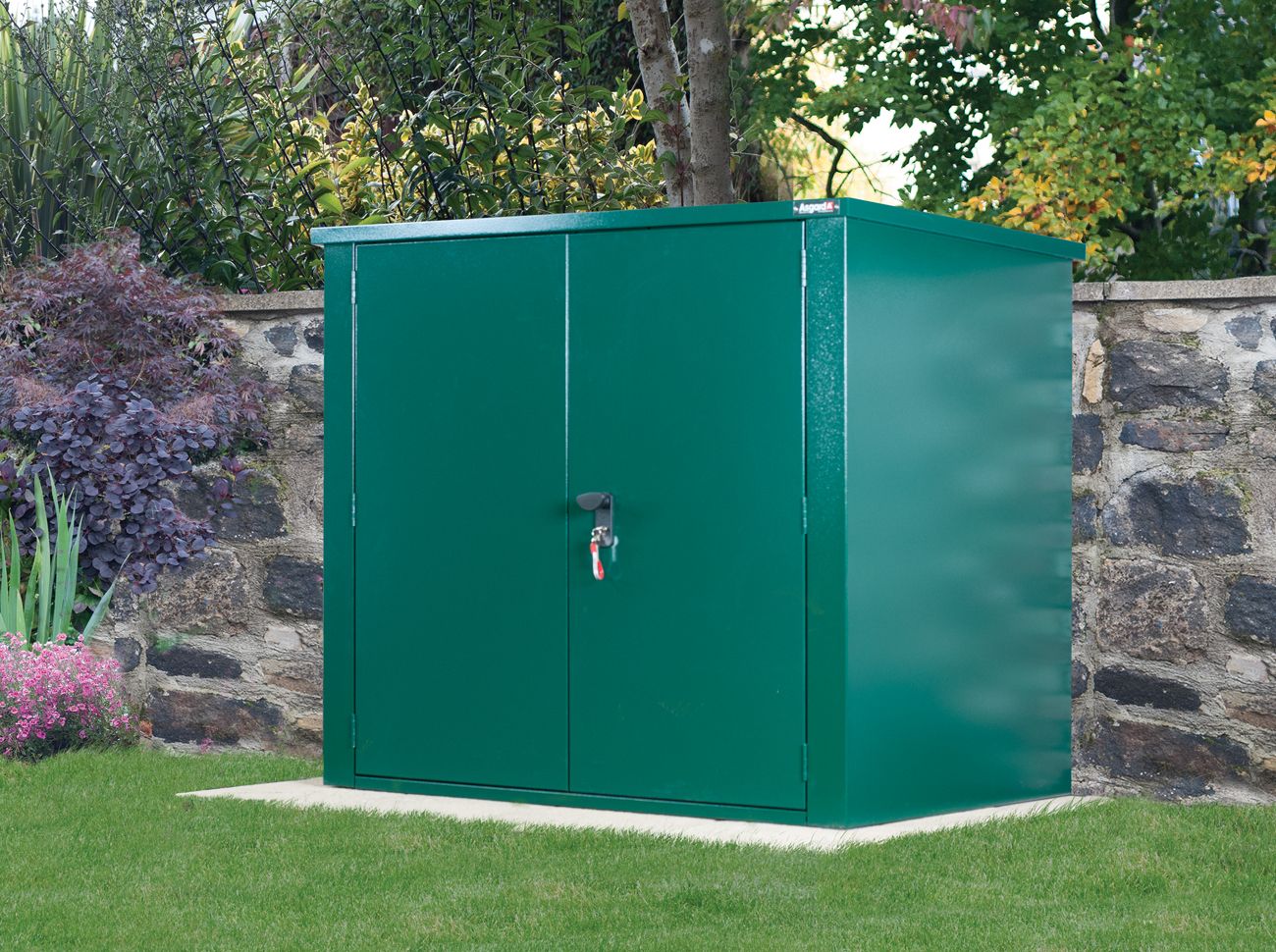
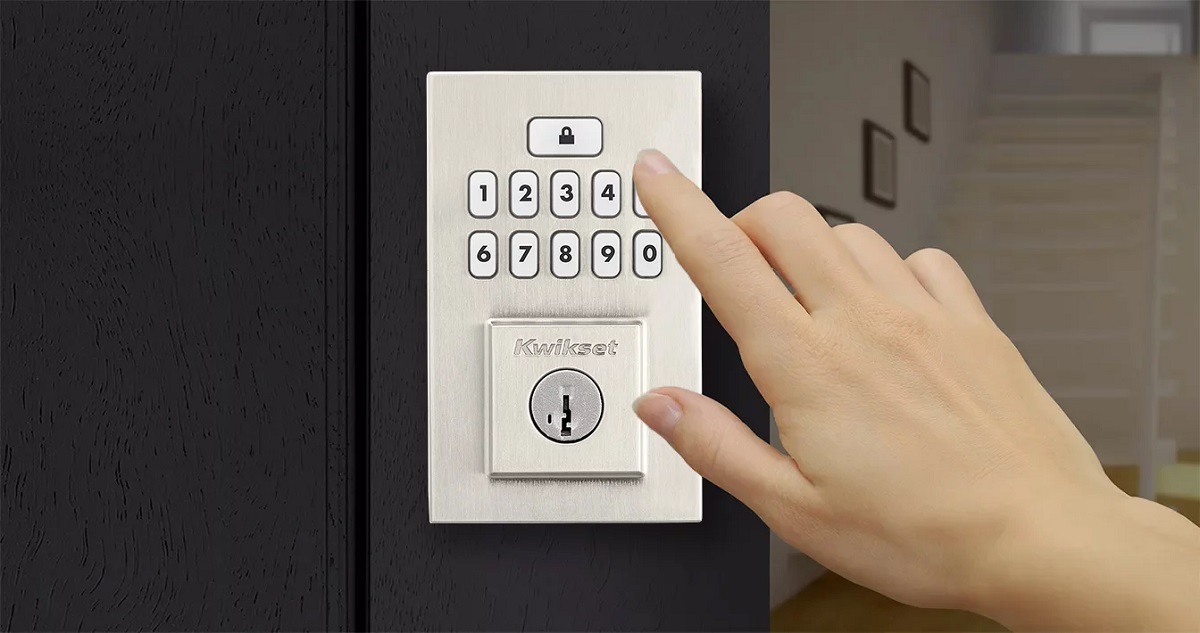
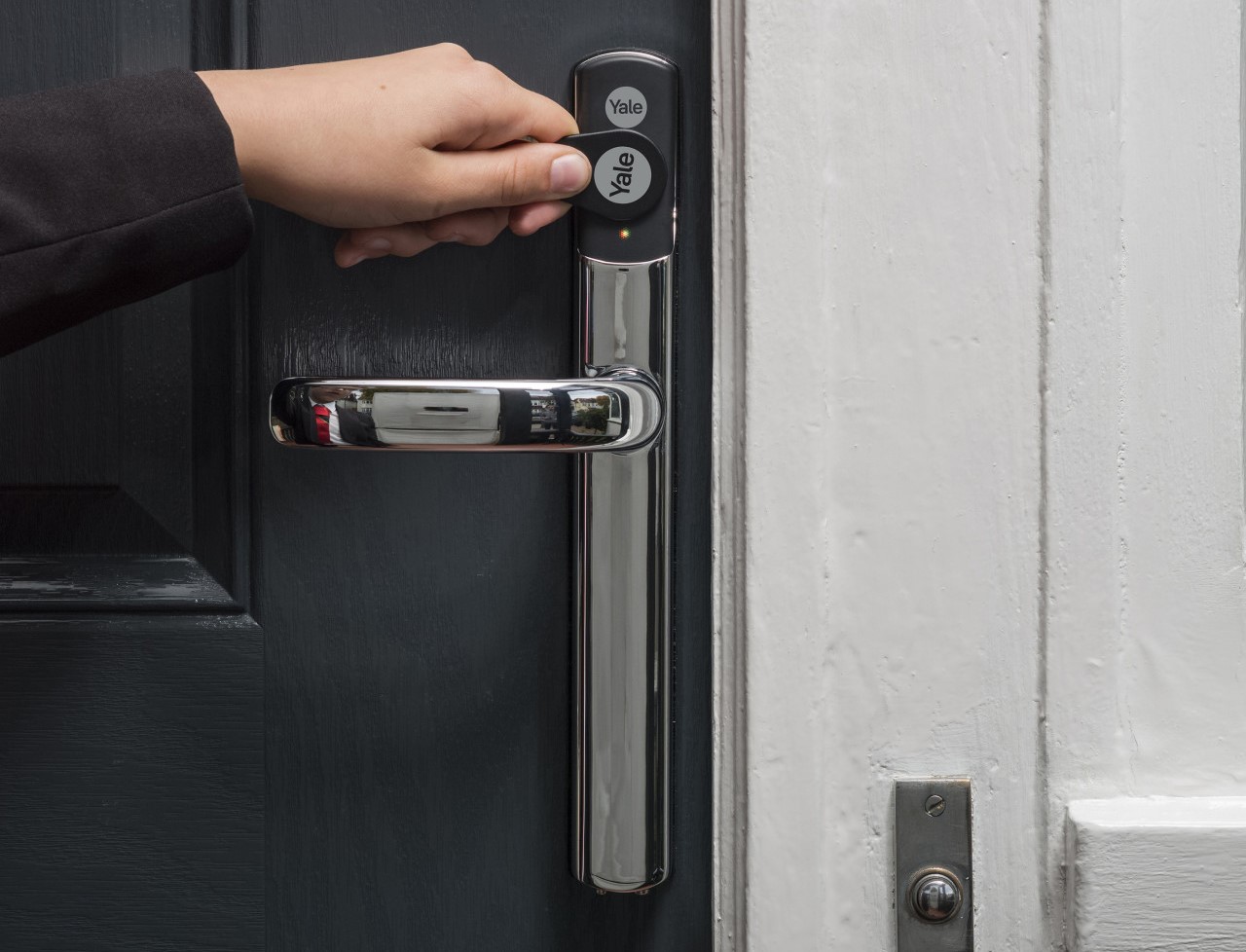
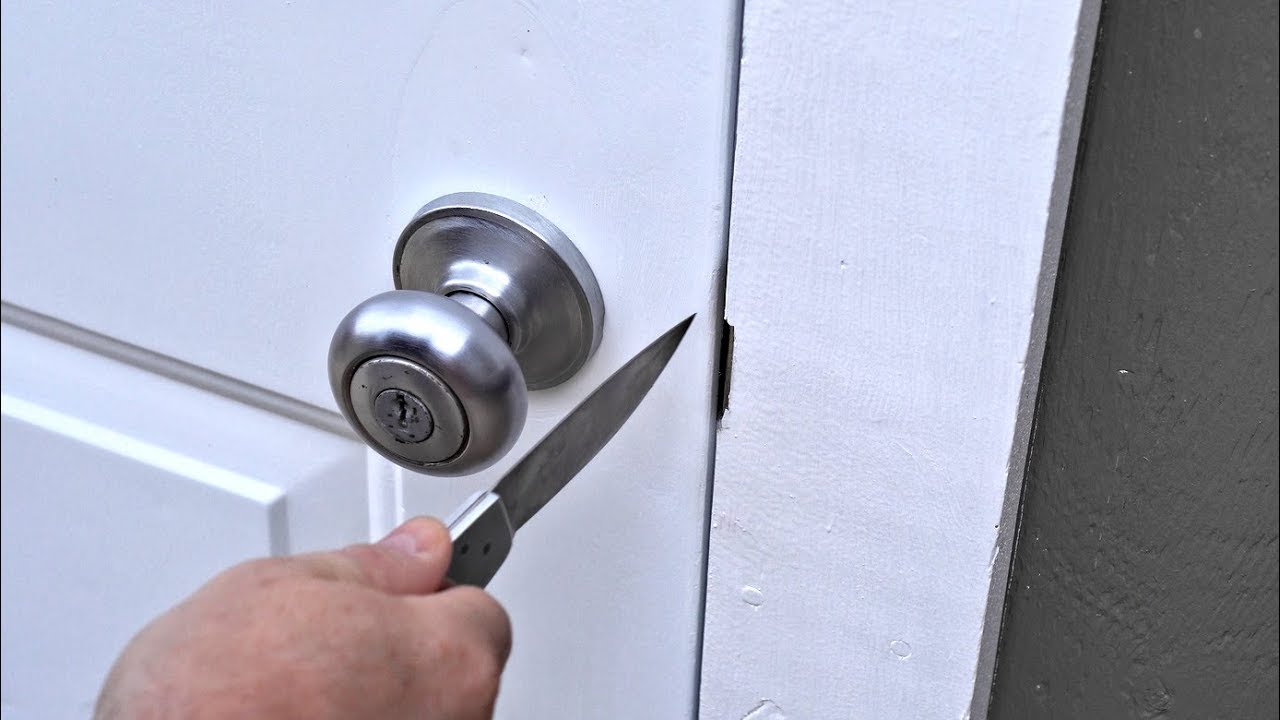

0 thoughts on “How To Open Door With Child Lock And Broken Handle”